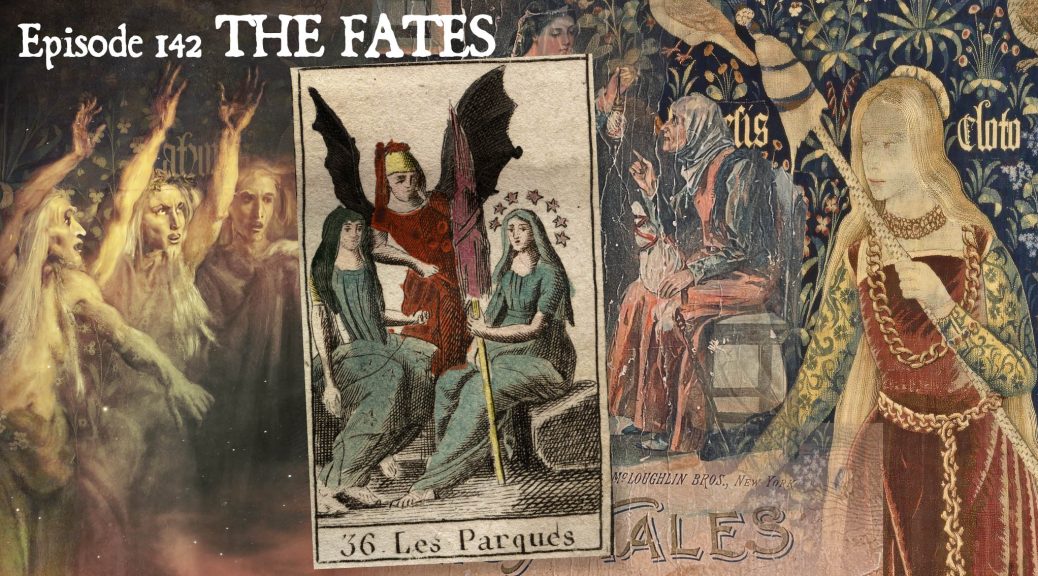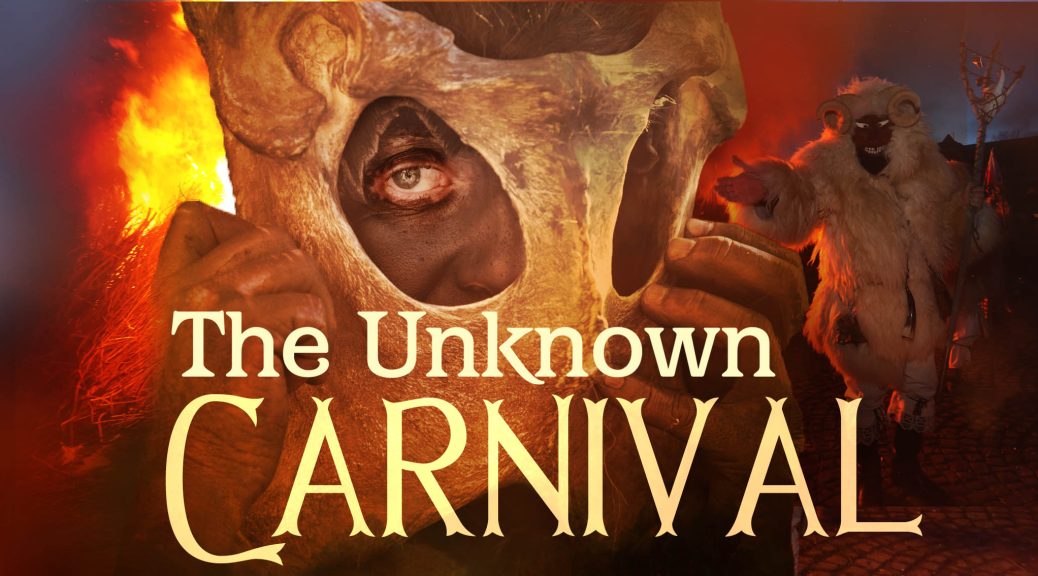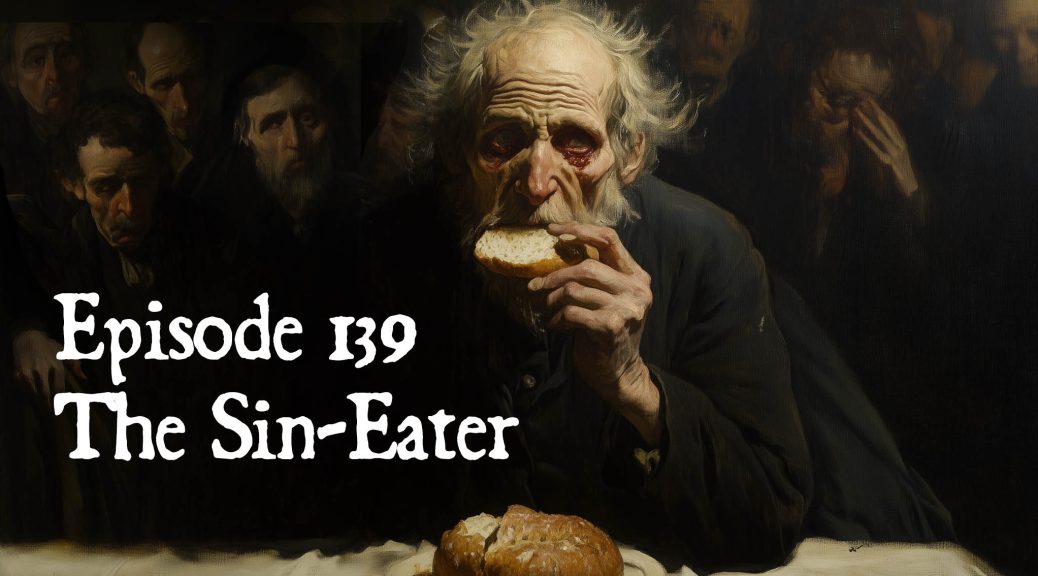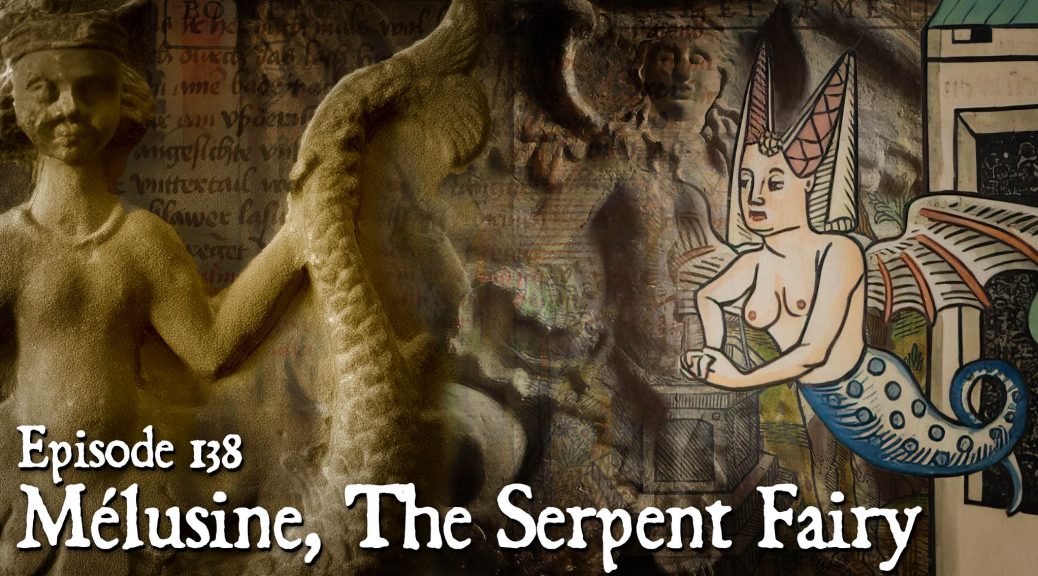
International Folk-Horror Film Round-Up
As a summer replacement for our regular episode: a round-up of non-English-language Folk-Horror films (here as audio but also available as video) The presentation was created by Mr. Ridenour’s for the Rural Gothic conference hosted by The Folklore Podcast on 9/26/2020. The focus is on European folk-horror films, including Russian productions, and a few especially …





